Why do you need a bedside sleeper?
After the baby is born, how to arrange the baby to sleep? In the past, most of the mothers and babies in Asia had the habit of sharing the same bed; The issue of mother-infant sharing a bed has always been debated, and scholars have different opinions. There are also different opinions among the parenting schools in the market. Let the baby sleep in separate beds and rooms with the parents, so the baby will be more independent and less clingy, and the sleep of adults will be less affected; while parents and babies sleep in the same bed, such an intimate relationship can satisfy Baby’s sense of security.
Some research reports also classify mother-infant bed sharing as “easy to cause infant suffocation”. However, researches in Asian countries are quite different from the conclusions in Europe and the United States. Therefore, whether “mother-infant bed-sharing” alone should be classified as a risky behavior that can cause sudden infant death, the current scientific evidence shows that it is still insufficient.
The “bedside sleeper” is placed next to the adult’s bed, close to the crib of the parents, but it can capture the advantages of the two schools of thought. In addition, the current housing prices are soaring, and the master bedroom of the general newborn family does not have much space, so The bedside bed can become the favorite of novice mothers in the market, and it is the voice of the heart-centered consumers.

Benefits of bedside sleepers
Nearby care is convenient for breastfeeding, taking into account the close distance between parents and children.
Babies fall asleep easily, increasing intimacy and a sense of security.
There is less interference with each other, and there is no need to worry about the adult’s quilt covering the child’s mouth and nose, which is safe.
Adults can keep their old sleeping habits, and don’t worry about the baby being crushed in separate beds.
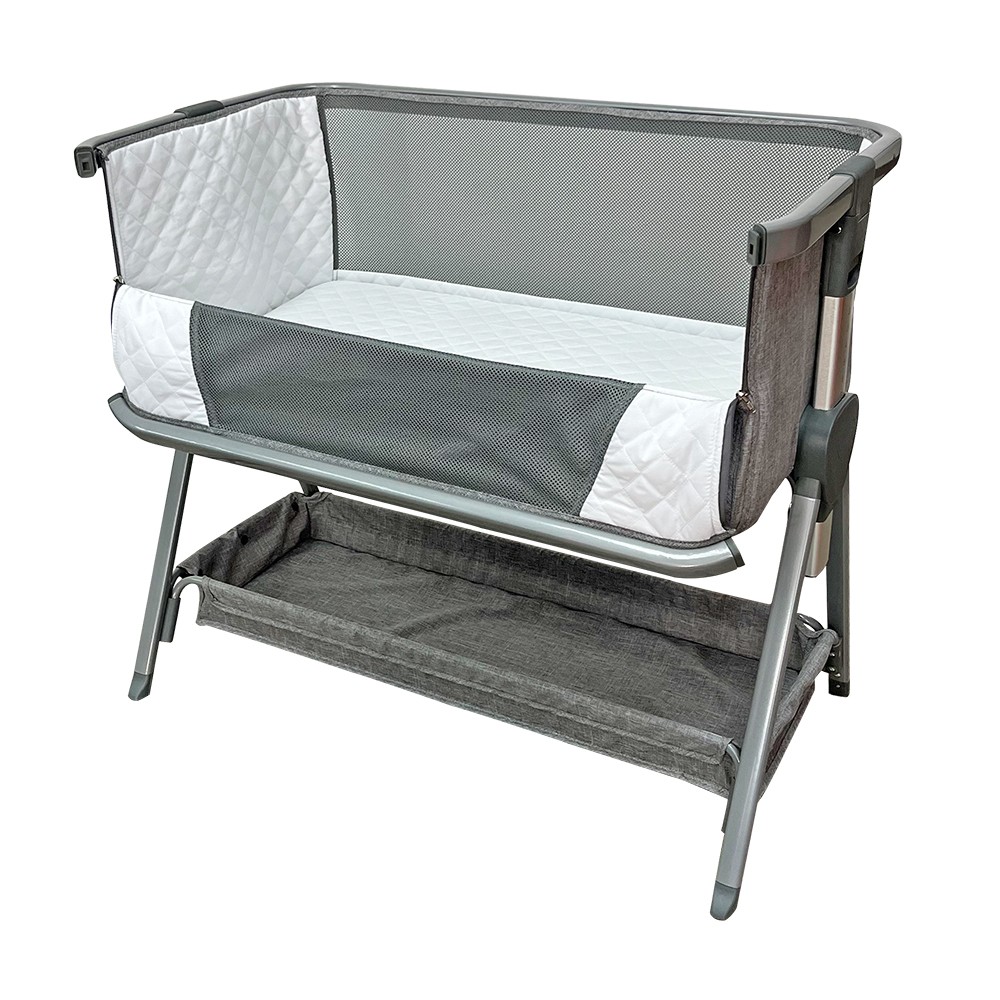
Precautions for novice parents to buy sleepers
1. Size: When choosing a sleeper, you should pay attention to whether the size is suitable for the size of your home.
2. Convenience: Whether the sleeper is equipped with a mattress, a storage bag, and a mosquito net.
3. Portability: You can choose a relatively lightweight and stowable sleeper to improve portability when going out.
4. National certification: whether the baby crib has passed the national safety mark, whether it is non-toxic and whether the bed board components are impact-resistant, whether the product has been used completely and related instructions.
5. Impact resistant, whether the product has been used in its entirety and related instructions.
6. Easy to clean: The sleeper is in contact with the baby’s skin for a long time. You should choose a sleeper that is easy to remove and wash the coat, so as to give the baby the cleanest and most comfortable environment.
7. Gaps in the fence: For sleepers with railings, it is necessary to pay attention to whether the distance between the railings is less than 6 cm to prevent the baby from falling or getting stuck.
8. Mattress support and hardness: Since the baby’s bones are not yet fully developed, a firm mattress should be chosen instead of a spring bed. Choosing a spring bed will not only affect the development of bones, but may also prevent suffocation when the baby turns over.
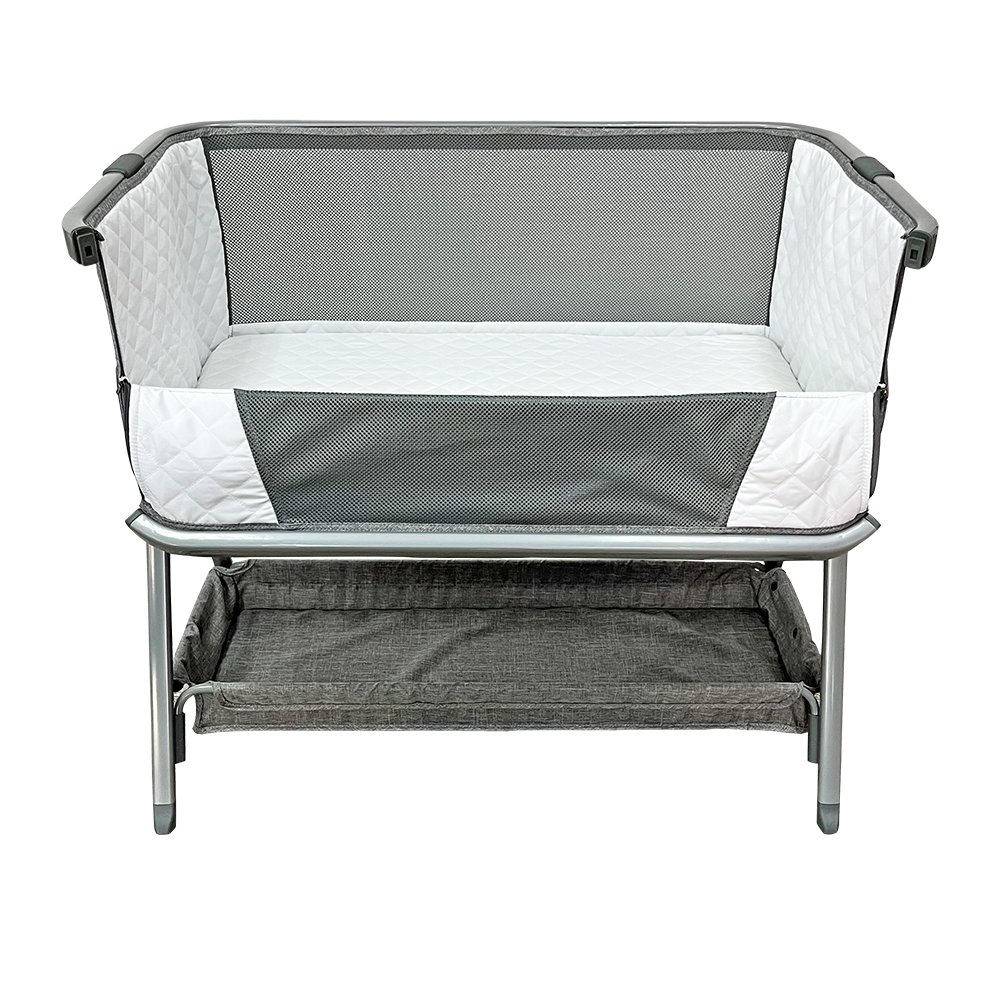
KSF Bedside Sleeper Introduction:
There are two ways to use the baby bedside sleeper: bedside co-sleeping design, which is more convenient for mothers to breastfeed, super easy night feeding, and ordinary cribs can be changed to assist in parenting easier;
The design of the rocking bed allows parents to rock the sleeper to lull the baby to sleep, with 7 height adjustments to prevent the baby from spitting up milk after feeding;
The bedside sleeper can be quickly stored, and the A-frame legs can be folded inward. After storage, the crib is still clean and easy to carry when going out
Bedside bed product specifications
Dimensions: 93 x 55 x 70-82 cm (7 adjustments)
Storage size: 93 x 55 x 14 cm
Material: aluminum pipe, iron pipe, plastic, polyester fiber, foam sponge
Maximum load: 15 kg (bassinet) / 5 kg (basket)
Item weight: 7.6 kg
Applicable age: 0-6 months
Mattress thickness: 3 cm
Safety buckle length: 230 cm
made in China
Warranty: Original factory warranty for one year

Precautions for using the bedside sleeper
When using the bedside co-sleeping mode, do not leave infants alone in the bed, they must be accompanied by an adult.
This product can only be used after confirming that all locking devices are installed on the product.
Do not use the product if any accessories are broken, damaged or missing.
There should be no objects that the baby can pick up or step on around the inside and outside of the crib.
Do not adjust or move the product while the child is in the sleeper.
Any movement needs to be done on flat ground, please hold the product away from the child before moving it.
Do not place any objects inside the product that will reduce the depth of the product.
Keep away from sources of ignition.
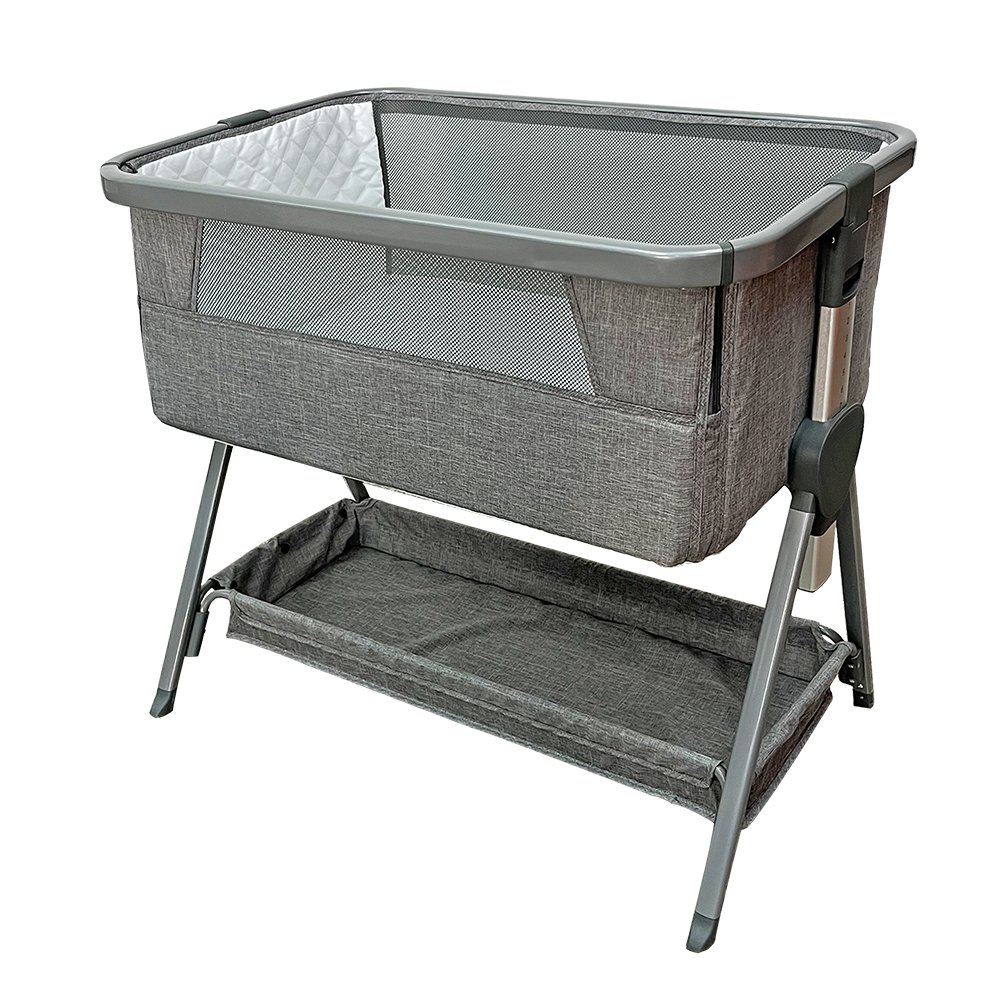
How to choose the right sleeper according to the age of the child
The most important function of the sleeper is to protect the baby in sleep. Babies grow up in sleep when they are young. Babies under one month old sleep an average of more than ten hours. The high-quality and comfortable sleeping environment can ensure the child’s sleep. Only in this way can it be beneficial to the healthy development of the baby.
Crib Size and Age
The size of a traditional crib is generally set for infants and young children aged 0-6. Buying a crib can theoretically be used until the child is 6 years old, but how old can it actually sleep? It depends on the size of the bed. There are generally two sizes, the general standard type (120x60cm) and the mini type (90x50cm), and there is also an enlarged size (140x75cm), commonly known as the European and American big bed. If it is a general standard type, some mothers share their experience and usually sleep up to 2 to 3 years old, and the big bed can sleep until about 3 to 4 years old. It is not recommended to sleep in a crib after 4 years old, because the big baby is too tall. It is not safe to climb up and roll over easily, or you can adjust and use the growth bed frame provided by the manufacturer, so that children can freely enter and exit without climbing up and down.
Precautions for cribs
Precautions when purchasing
When using a sleeper with railings, please pay attention to whether the distance between the railings is less than 6 cm, so as to prevent the baby from falling out or getting his hands, feet, and head caught in the gaps in the railings, so as to protect the baby’s safety. A cushion is laid beside the baby’s bed to effectively prevent the baby from falling.
Choose products that are fully labeled and described.
For the bed board, choose non-toxic and other materials. The bed board and related combined parts need to test whether the impact strength can withstand the baby’s jumping on it, and it will remain stable and not easy to loosen.
For paint, choose one that does not contain heavy metal components.
The music bell hanging on the crib is suitable for babies aged 0-6 months. When the baby is 6 months old, he will learn to stand up and pull the pendant easily, which will increase the risk of suffocation and scratching the face caused by wrapping around the neck.
Notes on use
The crib becomes a deadly cradle of “sudden infant death”, please avoid the following situations:
The spacing of the bed rails: If the spacing is too wide, the baby’s head will easily stick in and be caught in the middle, causing suffocation.
Side cribs that can be raised and lowered are very common. They not only bring convenience to parents for breastfeeding; however, they are also potentially dangerous. It may be that the baby is caught between the guardrail and the bed due to incorrect installation or components falling off, resulting in entrapment and suffocation.
The height of the bed base: Check the crib screws regularly; as your baby gets more active in the bed, the screws will loosen more or less.
Placement of the crib: The crib should be away from windows and curtains, because the window rope will easily strangle the baby’s neck.
Precautions when placing
To give the baby a comfortable and safe sleeping environment, the placement of the crib must carefully check the surrounding environment.
The edge of the crib can be close to the wall, but if there is some distance from the wall, experts recommend at least 50 cm away from the wall to prevent the baby from falling and avoiding the risk of suffocation from being stuck between the bed and the wall.
Do not place near a window, as drapes can easily catch the cords, causing the cords to wrap around the neck, or curtains cover the mouth and nose, and do not place the crib near furniture that is fixed or has a chance for the baby to climb out.
Be sure to place it on a flat ground, and no dangerous items such as electric stoves should be used around it.
Considering the baby’s sleep quality, try not to place it next to the frequent movement of people.
The temperature of the space where the crib is located can be kept at an ideal temperature by using the air-conditioning system. In addition, good light and ventilation must be maintained at all times. Windows for air convection should be opened to ensure smooth ventilation of the room. Appropriate sunlight also has a bactericidal effect.
It is best to lay floor mats or bedside mats near the bottom of the crib, so that once the baby falls, it will not be directly injured.

Baby sleeper cleaning and maintenance methods
The sleeper that the baby comes into contact with often needs to be kept clean. The cotton fabrics around the crib should be washed at least once a month. In addition, the music bells and soothing toys placed beside the bed also need to be cleaned. The easiest way is to use a dry cloth or Wet paper towels should be wiped with diluted bleach, hypochlorous acid water or disinfectant alcohol for disinfection, but do not put them back immediately, and place them in a ventilated place to dry before use.
The cleaning method of the crib body can be cleaned according to different materials:
wooden crib
After wringing out the water with a wet towel, just wipe the wood paint surface. Do not use detergent or alcohol to wipe, so as not to wipe or dissolve the paint surface of the crib. If it is made of logs, you can choose food-grade log protection oil, or use baby oil for babies to maintain.
Woven baby bed
Please disassemble according to the instructions of the manufacturer. If the core material of the bed board is wooden plywood, it needs to be separated from the bed body and do not soak in water. After the woven crib cover is disassembled, it must be washed by hand with a neutral detergent. If the product manual can be washed by a washing machine, it must be washed in a medium or medium-sized laundry bag. Fold the cover and put it in a spring roll bag, then wash it, put it in a ventilated place and wait for it to dry before using it.
In addition, the woven crib does not need to be disassembled and washed, and quick cleaning can be used for reference.
A. Water-soluble dirt (such as juice, saliva, urine, etc.)
Large area: Soak the towel in warm water at about 50°C, wring it out and wipe off the large area of dirty parts, then use a dry towel to fully absorb the water, and then dry it in a cool place.
Small area: Spray disinfectant alcohol on a small area, wipe it with a wet tissue, and wait for it to dry.
B. Oily dirt (such as milk, grease, mayonnaise, etc.)
Large area: Dissolve the neutral detergent in warm water at about 50°C, soak it with a towel and wring it dry, then fully wipe the large area of dirty parts, then wipe the neutral detergent with a wet towel, and then dry it with a dry cloth. After fully absorbing moisture with a towel, etc., dry in the shade.
Small area: Spray disinfectant alcohol on a small area, wipe it with a wet tissue, and wait for it to dry.
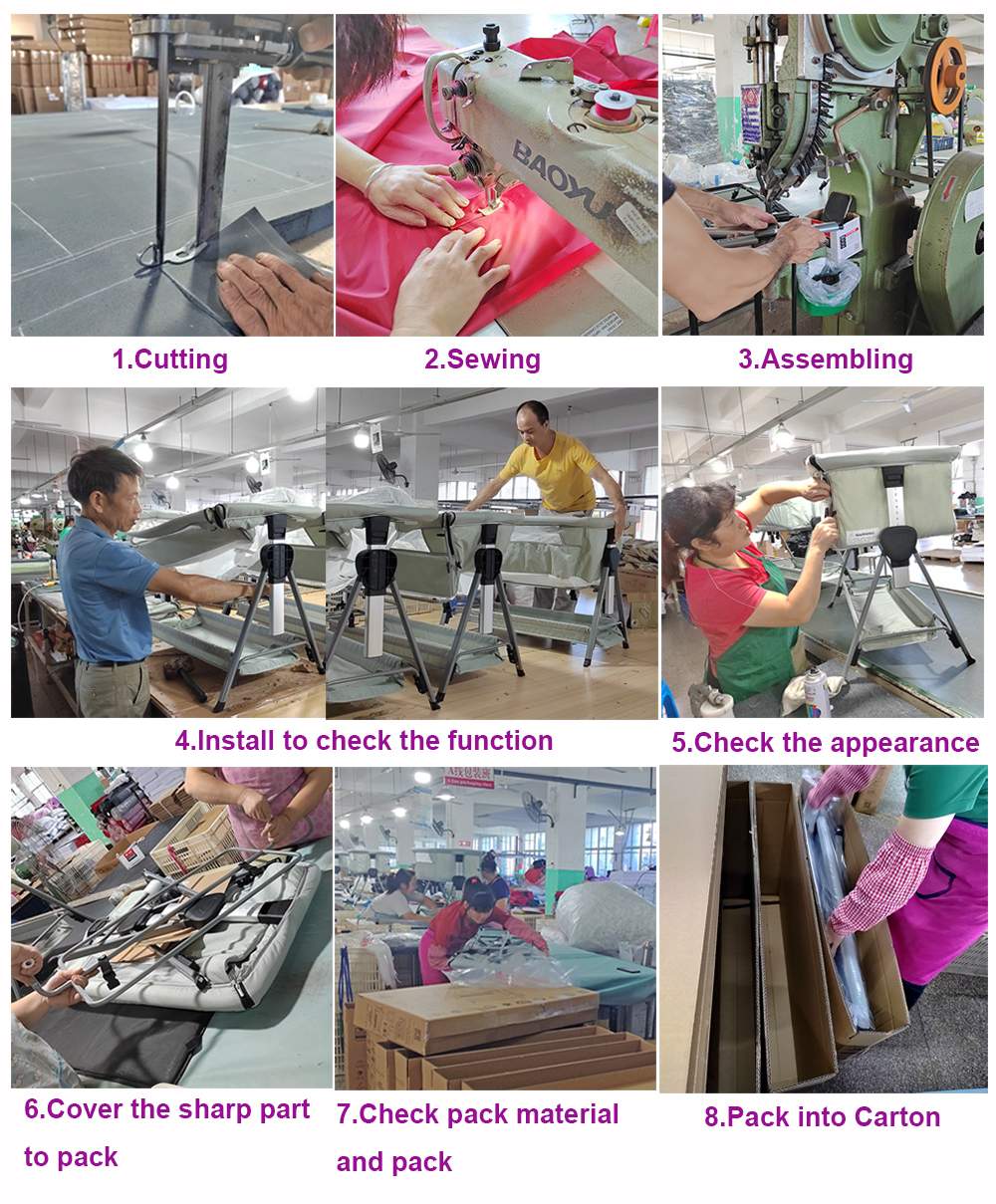
Other benefits of using a sleeper
The most important purpose of a crib is to protect the baby; newborns need to “same room with different beds”, share the same room with parents, but have their own independent bed.
Good Sleeping Environment – Warm and Comfortable Space: Provides an atmosphere similar to that of being in the womb. Babies grow up in sleep when they are young. Babies within one month of age sleep an average of 16.5 hours. Only a comfortable sleeping environment can ensure the quality of children’s sleep, which is conducive to the healthy development of babies.
Moderate isolation: Sleeping separately from parents is good for the child’s breathing, keeps the baby away from carbon dioxide, and makes the baby healthier. If the parents are overweight or taking medication, it is easy to crush the baby while sleeping. Or heavy quilts are more likely to cover the baby’s mouth and nose, increasing the risk of suffocation. If parents and children sleep together, because most of them adopt the “one side” sleeping method with the baby in the middle, the child is very easy to be crushed by adults when sleeping without enough space to move.
Sleeping in separate beds also allows parents to maintain their own quality of sleep and maintain the intimacy of the couple.
When the baby starts to toss and turn in 3-4 months, surround the four sides of the bed rails to ensure the safety of the baby. The guardrails around the crib can effectively prevent children from falling and avoid injuries caused by falling. As the child grows taller, lower the bottom of the bed to the lowest level so that he will not crawl out.
Sleeping alone can exercise the child’s independent ability; avoid the child’s over-dependence on the mother, and cultivate his good habit of independence.
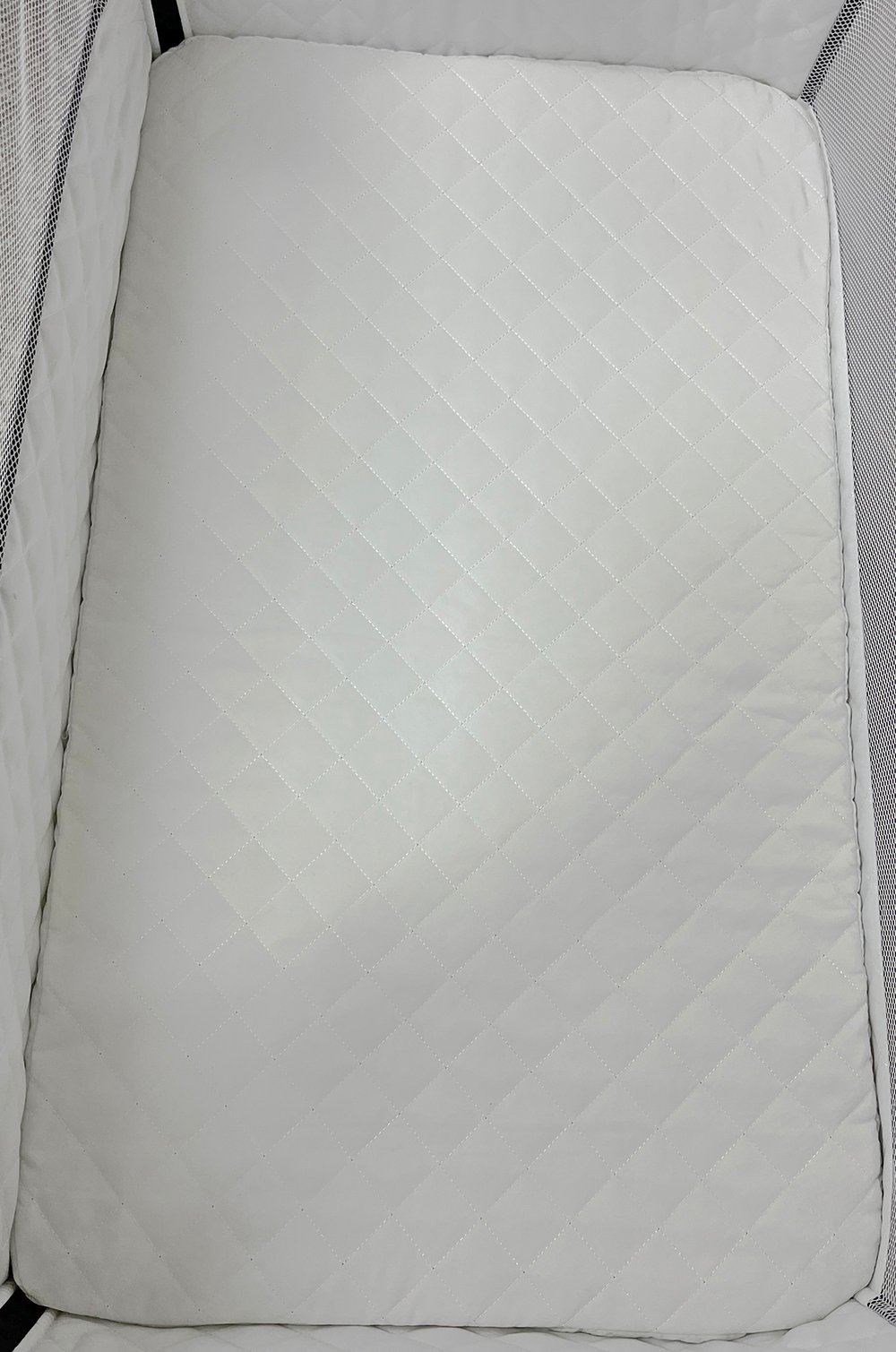
Sleeper accessories are also important to choose.
Mattress. You can’t choose a mattress that is too soft, as it will affect the growth of the baby’s bones. You can press it with your hands to see if there is support, or let the baby lie down and watch it, and then hold it up to see if the indentation on the mattress is about one centimeter deep. Experts suggest that the baby’s mattress should be selected with a hard product to prevent the baby from suffocating because the baby’s head sinks into the mattress because of sleeping on its stomach.
Pillow. Babies don’t need pillows to provide extra comfort. Babies can sleep well without pillows. The problem of head shape can be adjusted by sleeping position. Babies who are too young to start using pillows will cause many safety concerns due to their incomplete development. Experts from many countries have made it clear that babies under the age of two are not suitable to use any form of pillows, including all kinds of baby pillows, without supervision.
Plush toys. It is really cute to take pictures with the plush toy with the baby, but it should be noted that it cannot sleep with the baby. Because the fluff of the plush toy may fall off, affecting the baby’s normal breathing; in addition, if the plush toy is not washed frequently, it may hide allergens such as bacteria and mites, which may easily cause the baby to develop allergies.
Quilt. In fact, do not put anything on the crib, except the pillows and plush toys mentioned above, including quilts, it is also best not to put it. Just put a wrapped baby in the crib. If the mother is worried that the baby will catch a cold, you can turn on the heating and air conditioning or add clothes for the baby. Pediatricians do not recommend covering the baby with a quilt. Moderate clothing is enough to keep the baby warm, because the quilt may hinder the baby’s breathing. In fact, there are many anti-baby kicking quilts Parents don’t have to cover their babies with thick quilts to prevent their babies from catching a cold.”
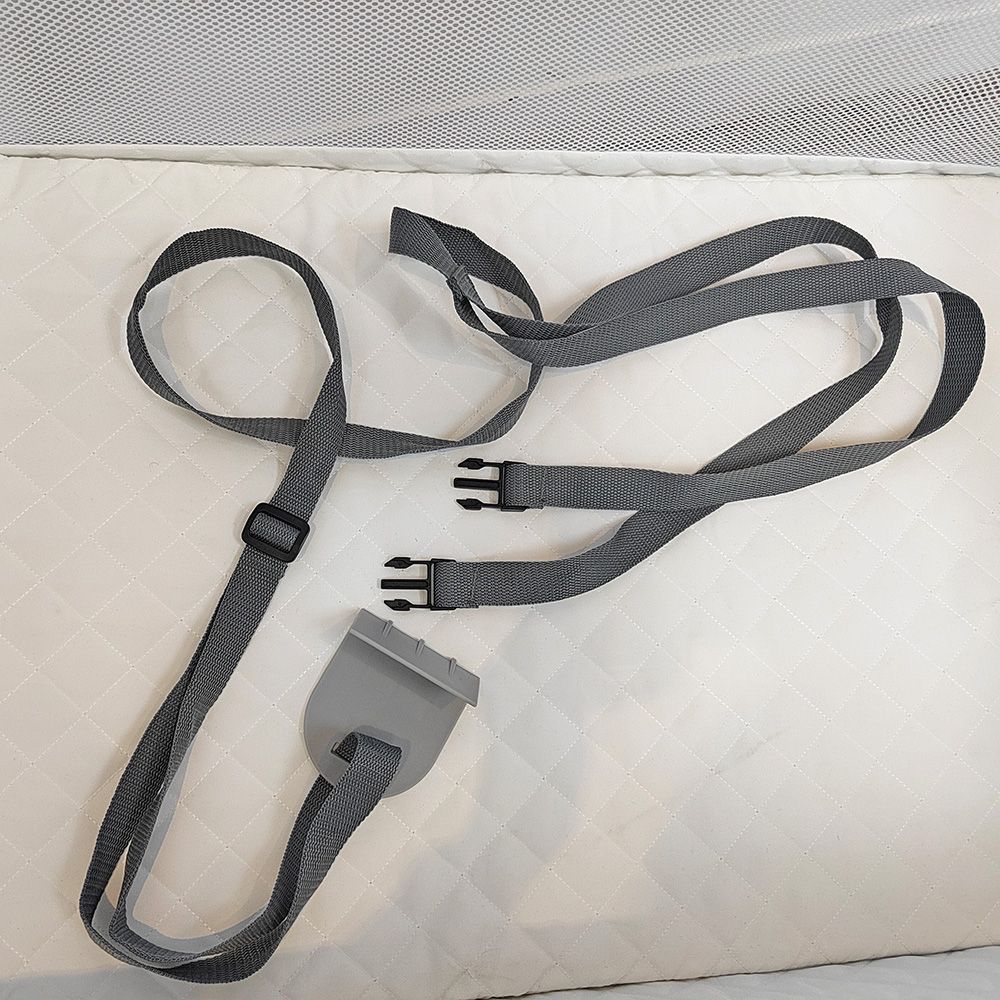


Bedside sleeper FAQs
Q: How do I assemble the bedside sleeper?
A: The installation steps of the KSF cribside bed are as follows:
Installation components: bed base, storage basket, central support frame/mattress
Spread out the bed seat
Install the central support
Snap on basket tripod
Install the storage basket
Put in a breathable mattress
Q: What are the characteristics of your bedside beds?
A: The KSF sleeper has a maximum load-bearing capacity of 9kg, a large storage space, and a load-bearing capacity of 5kg. The side can see through the net window, comfort shaker design, with a special mosquito net; 7 height adjustments and the height can be changed by pressing the adjustment button. The difference between the left and right sections prevents milk from overflowing.
Q: How to change the bedside sleeper into bedside co-sleeping mode?
A: If you want to convert the KSF bedside sleeper into bedside co-sleeping mode, it is divided into two stages: window opening and installation. The steps are as follows:
Window opening steps: Unzip the zipper and press the hidden tenon to separate the front edge bracket
Installation steps: After measuring the height of the adult bed and adjusting the height of the bedside bed, take out the safety fixing buckle on the side of the bed, then tighten the mattress (bed frame) around the circle, and install the fixing buckle. After confirming that it is close to the adult bed without gaps, it is close to the adult bed, and the bedside bed rail is lower than the adult mattress.
Related Products



